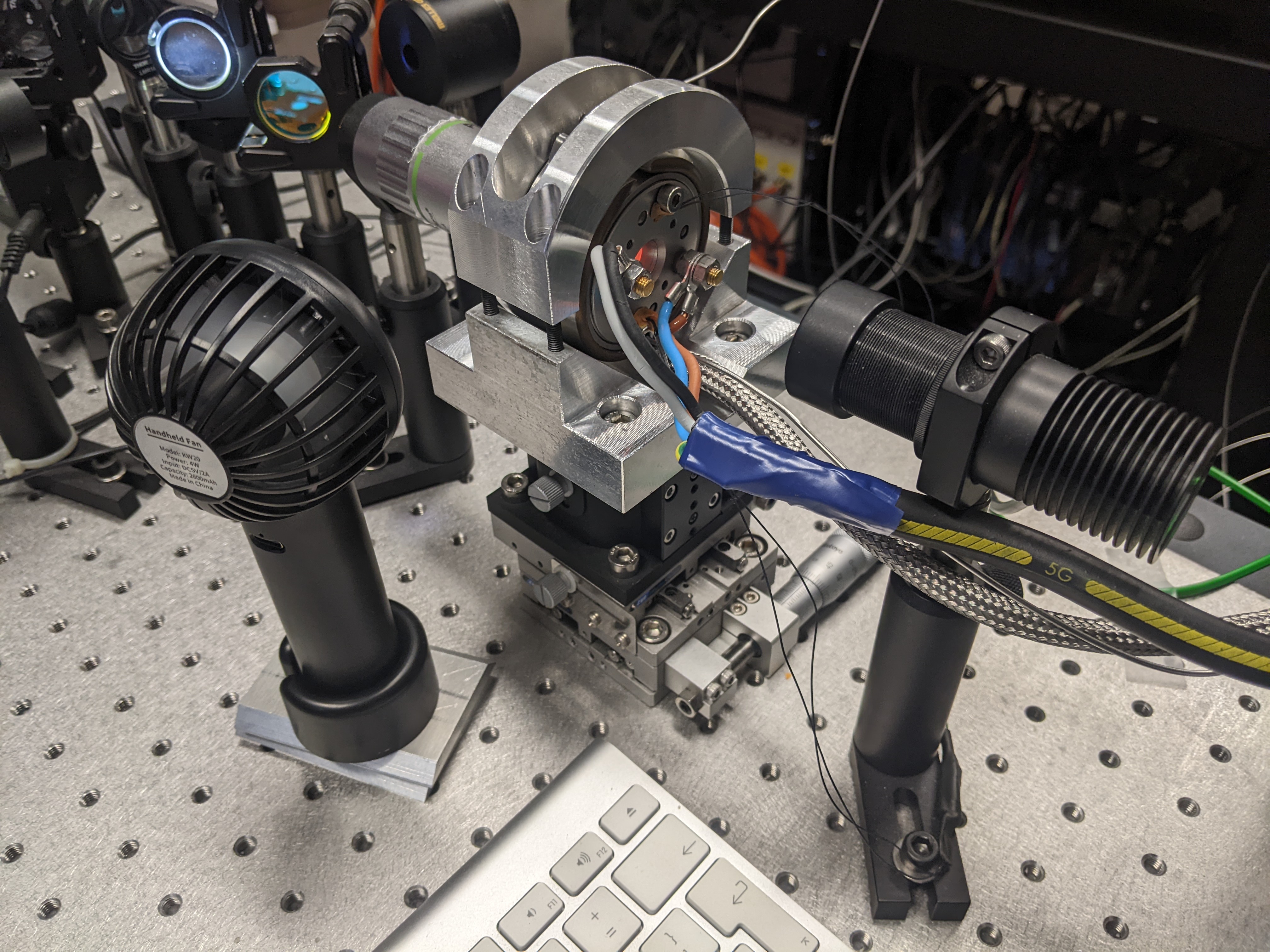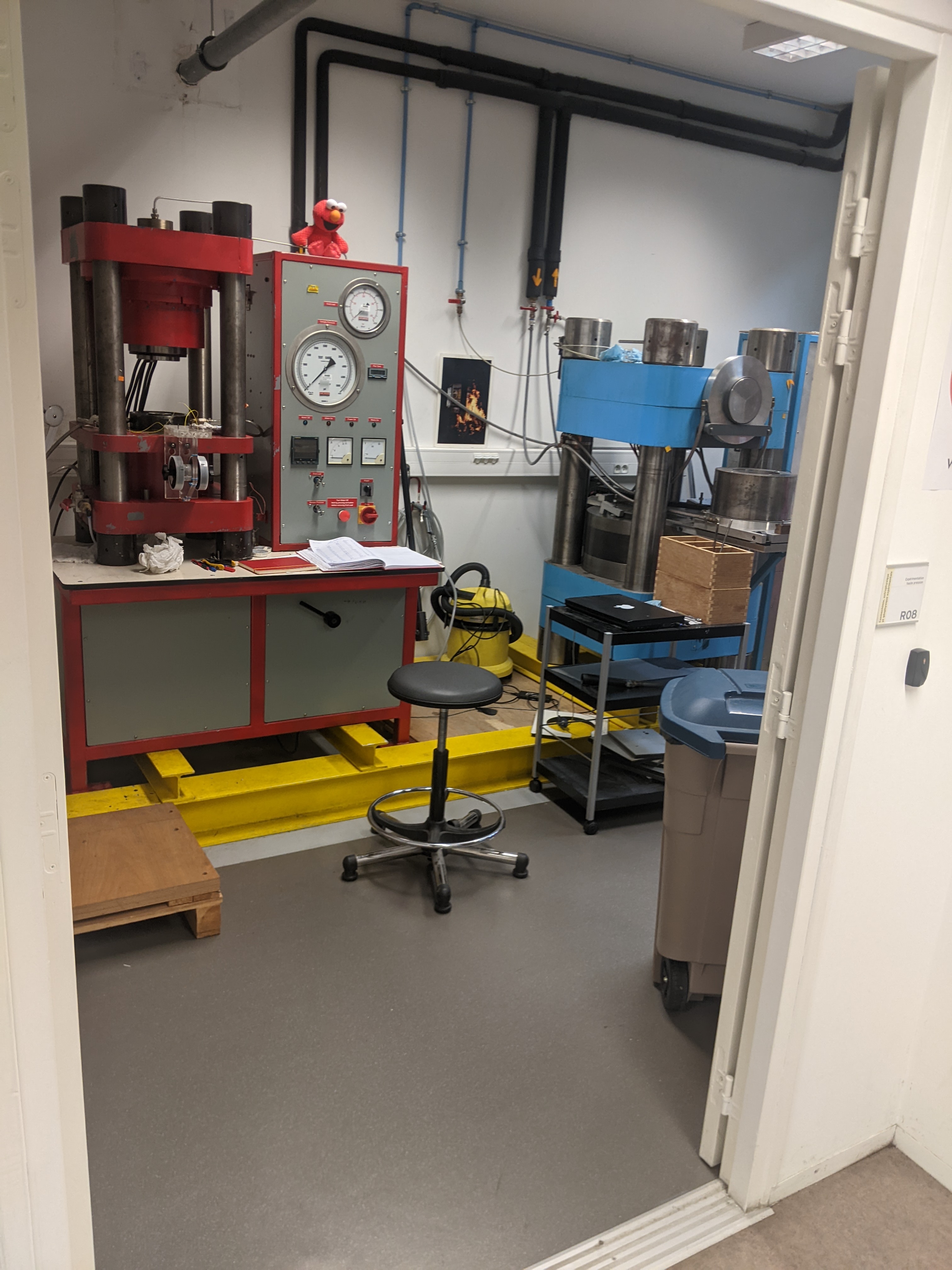High pressure - high temperature experiments
Experimental study of magmas
Magmas are critical materials that transport heat and mattter in planetary bodies. As magma oceans, they played a critical role in the differentiation of planets, and the generation of secondary atmospheres. Nowadays, they are involved in volcanic eruptions on Earth and probably other planets such as Venus. Understanding how those liquids are formed, flow, and can carry volatile and trace elements is critical for solving questions related to volcanology, geochemistry and petrology.
To study those melts and their quenched products (glasses), we use methods such as resistive-heating diamond anvil cells that allows reaching several GPa and up to 1500 K (Figure 1). Performing in situ Raman spectroscopy allows getting information about the melt structural state at those conditions, and, in turn, we relate that to its ability to store volatile elements and to its geochemical properties.

Studying melts at high temperature is not always possible, so we quench them and study the glasses. Those are supposed to be representative of the atomic structure of melts at the quench conditions, altough our recent research questions such a statement. Piston-cylinder experiments allow performing the sample preparation (Figure 2). Those apparatus allow achieving temperatures of 1600 °C and pressures up to 4 Gpa. The melts are quenched into glasses by turning off the power supply, such that the temperature drops very quickly (around 100 K/s) and crystallization is inhibited. The obtained glasses are then studied using Raman spectroscopy, Nuclear Magnetic Resonance spectroscopy, Infrared spectroscopy, X-ray Absorption Spectroscopy, and their physical properties such as viscosity and density can also be measured.
